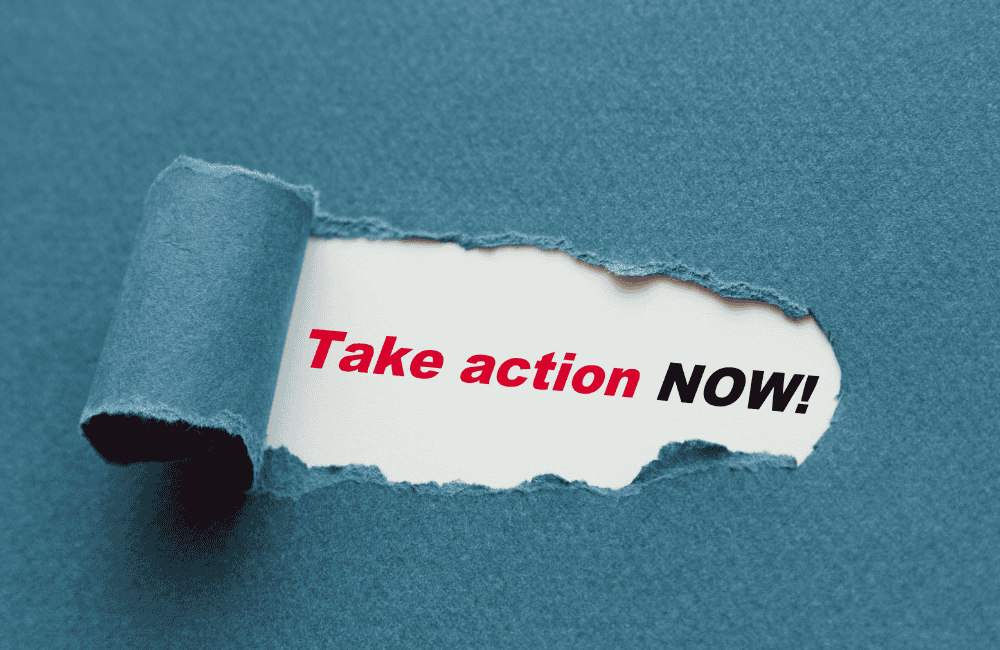Engaging Your Email List
Keep Subscribers Interested and Opening Your Emails 🤔💰
Congratulations! You've successfully grown your email list and brought in those valuable subscribers.
But if you're like many marketers, you may be facing a new challenge—keeping that list engaged and encouraging your audience to open your emails regularly.

Getting them on your list is only the first step. If you want to build a relationship, drive sales, and grow your community, you need to keep them engaged consistently.
In this guide, we'll cover effective strategies to keep your subscribers opening, clicking, and eagerly anticipating your emails.
Welcome Emails: Start with a Strong First Impression
Your first email sets the tone for your relationship with your subscribers. The moment someone joins your list, they should receive a welcome email. This is the beginning of a conversation and an opportunity to introduce yourself and what they can expect from you.
Here’s how to make your welcome email powerful:
Send It Immediately: Timing matters. Subscribers are most interested in your brand right after they sign up. Make sure your welcome email is sent automatically within minutes of signing up.
Set Expectations: Let them know what kind of content they can expect from you, how often you’ll be emailing, and the benefits they’ll get from staying subscribed.
Add a Personal Touch: Write in a friendly, conversational tone. Consider sharing a bit about yourself and what your brand stands for.
Create Value-Packed Content

No one wants to open emails that waste their time. To keep your subscribers engaged, you need to make sure every email delivers value.
Think of your emails as a mini gift to your audience.
Educational Content: Offer actionable tips, insights, or step-by-step guides that solve common problems your audience faces.
Exclusive Offers: Provide your subscribers with exclusive discounts, freebies, or access to limited content that isn’t available anywhere else.
Entertainment: Keep them interested by adding a lighthearted touch. This could include sharing a funny story related to your niche, a meme, or a humorous video.
Personalization: Speak Directly to Them
Gone are the days when generic emails worked. Subscribers today want to feel like you’re speaking directly to them.
Use data you have about your subscribers to create a more personalized experience.
Use Their Name: Including the subscriber’s first name in the subject line or body of your email makes it feel more personal.
Segment Your List: Tailor your emails to different segments of your list based on interests, behavior, or location. For instance, if you run an e-commerce store, segmenting by past purchases lets you send targeted offers.
Behavioral Triggers: Trigger emails based on behavior. If a subscriber clicks a link about a specific topic, send them more content related to that topic in the following emails.
Keep Your Subject Lines Intriguing

The first thing your subscribers see is the subject line, and if it’s not interesting, they won’t open your email.
Craft subject lines that pique curiosity or promise value.
Curiosity: Create subject lines that hint at something exciting inside without giving away everything. For example, “You Won’t Believe What We’ve Got for You!”
Benefit-Driven: Clearly communicate the benefit of opening the email. For example, “5 Tips to Double Your Productivity Today.”
Personal Tone: Using a conversational tone makes the email seem less like a corporate broadcast and more like a message from a friend.
Make Your Emails Easy to Read
Subscribers are likely reading your emails on the go, which means they might be on their phones with limited time.
Make sure your emails are easy to read and scan.
Short Paragraphs: Break up your content into short, digestible paragraphs.
Bullet Points: Use bullet points or numbered lists to help subscribers quickly grasp your main points.
Visuals: Incorporate visuals like images, GIFs, or even short video clips to make your emails more engaging.
Consistent Email Schedule: Find the Balance
If you send too many emails, you risk annoying your audience and increasing unsubscribes. Send too few, and they might forget about you.
Establishing a consistent schedule is key.
Test Frequency: Start with a reasonable frequency, such as once per week, and then experiment with more or fewer emails to see what your audience prefers.
Keep Them Informed: Let your subscribers know how often they can expect to hear from you. If you stick to a consistent schedule, they’ll know when to expect your content.
Use Storytelling to Build Emotional Connections

People love stories, and using storytelling in your emails is one of the best ways to create a deeper connection with your audience.
Personal Stories: Share your personal journey, including successes, failures, and the lessons you've learned along the way. This makes you more relatable and builds trust.
Customer Stories: Showcase stories from your customers. Testimonials and success stories not only build trust but also demonstrate the value of your products or services.
Encourage Engagement
The more your audience interacts with your emails, the more engaged they’ll feel.
Encourage your subscribers to respond to your emails.
Ask Questions: Ask questions that invite replies. For example, “What’s your biggest challenge with [topic] right now?”
Run Polls or Surveys: Use polls or surveys to gather feedback or opinions from your subscribers. It helps you understand your audience while making them feel heard.
Invite Replies: Sometimes, it’s as simple as asking them to hit reply to share their thoughts. It adds a personal touch and helps you get valuable insights.
Re-Engage Inactive Subscribers
Even with your best efforts, there will be some subscribers who stop engaging. It’s essential to have a re-engagement strategy to win them back.
Re-Engagement Campaign: Send a targeted campaign to inactive subscribers, reminding them of the value they receive from being on your list. Consider offering a special incentive to entice them to engage again.
Give Them an Out: Sometimes, subscribers have lost interest and won’t come back. It’s okay to let them go. Send an email asking if they still want to be on your list. If they don’t respond, consider removing them to keep your list healthy.
Test, Analyze, and Optimize

To keep your audience engaged, you need to keep improving. Regularly test different elements of your emails and analyze the data to learn what’s working.
A/B Testing: Test different subject lines, send times, call-to-actions, and email formats to see what gets the best response.
Monitor Metrics: Keep an eye on open rates, click-through rates, and conversions to understand what types of emails your audience likes most.
Iterate: Use the insights you gain from testing to continuously refine and improve your email strategy.
Deliver on Your Promises
People join your email list for a reason. Whether it’s for valuable content, exclusive deals, or helpful tips, make sure you’re delivering on the promises you made when they signed up.
Stick to Your Core Value: Regularly remind your subscribers why they joined your list and deliver content that reflects that value.
Avoid Bait and Switch: Don’t use misleading subject lines or make promises you can’t keep. Authenticity is key to keeping subscribers happy and engaged.
Keep Emails Mobile-Friendly
More than half of emails are opened on mobile devices, so it’s crucial to optimize your emails for mobile.
Responsive Design: Make sure your email template is responsive so it looks good on any device.
Test Across Devices: Test your emails across different devices and email clients to ensure they’re displaying correctly.
Use Clear CTAs: Make sure your calls to action (CTAs) are prominent and easy to click on mobile.
Provide Clear Call-to-Actions (CTAs)

Your subscribers need to know what you want them to do next. Every email should have a clear purpose and a simple, compelling CTA.
Be Direct: Don’t overcomplicate your CTAs. Use simple phrases like “Read More,” “Download Now,” or “Get Started”.
One Primary Action: Each email should have one primary action for your readers to take. This prevents them from feeling overwhelmed and increases your chances of getting clicks.
Mix Up Your Email Types
Sending the same type of email over and over can get boring for your subscribers. Keep them engaged by mixing up the kinds of emails you send.
Newsletters: Provide a mix of content—articles, news, updates, and more—in a single email.
Product Announcements: Inform your subscribers when you’ve launched a new product or feature.
Exclusive Content: Send your subscribers special content that isn’t available on your website or social media.
Behind-the-Scenes: Give subscribers a behind-the-scenes look at your company or content creation process to make them feel like insiders.
Conclusion
Engaging your email list is an ongoing process, but with the right strategies, it’s completely achievable.
From delivering value-packed content and creating curiosity-driven subject lines to personalizing each email and encouraging interaction, these tactics will help you foster a lasting relationship with your subscribers.
Remember that the key is consistency, authenticity, and a focus on delivering real value. By following the tips outlined in this guide, you’ll be well on your way to keeping your email list engaged and interested for the long term.
Take these strategies, test them with your audience, and see what works best for your unique subscribers. The more you learn about their preferences, the better you’ll be able to serve them, and the more rewarding your email marketing efforts will become.